| This blog explores social attitudes in Jane Austen's time, discusses her novels, reviews forgotten 18th century novels, and throws some occasional shade at the modern academy. The introductory post is here. My "six simple questions for academics" post is here. |
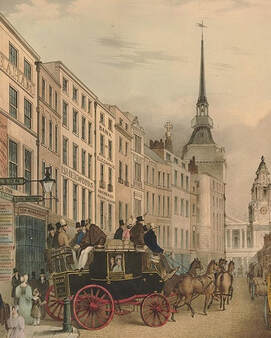
Gardiner also published some children’s books. Her 1806 book, An Excursion from London to Dover, is explained by its subtitle: “Containing some account of the Manufactures, Natural and Artificial Curiosities, History and Antiquities of the Towns and Villages. Interspersed with Historical and Biographical Anecdotes, Natural History, Poetical Extracts, and Tales. Particularly Intended for the Amusement and Instruction of Youth.”
The book is narrated by Jeanette, who is travelling with her friend Adelina and Adelina's father Mr. A____. It’s like an 1806 version of The Magic Schoolbus but without the magic.
All of this improving information is roughly tied to something approaching a plot, in which Mr. A_____ encounters several old school-mates or acquaintances on the journey. These additional adults give impromptu lectures to the children, speaking off-the-cuff about everything from the development of paper to to the anatomy of the snail. Adelina and Jeanette also recite poems from memory, whether the topic under discussion is the ocean, hedgehogs, spiders, war, clouds, cuckoos, etc, and Jeanette has perfect recall of the biographies of eminent rulers, scientists, and statesmen. Gardiner also works in some short moral tales and a backstory or two.
Writing after her mother’s death, Jane Gardiner’s daughter said of An Excursion: “Though this work does not possess much originality of thought, the reviewers allowed it to evince sound judgment, great taste, and an earnest desire to promote the improvement of the rising generation.”
“Originality of thought,” is a euphemism for the fact that most of the book was what we today would call plagiarized.
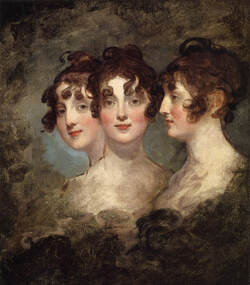 Madame Jerome Bonaparte by Gilbert Stuart
Madame Jerome Bonaparte by Gilbert Stuart It turns out Gardiner copied her useful information directly from other people’s travel guides and children’s books, re-phrasing and adapting as necessary for her plot. I’ll come back to that. But first, some observations:
- Anyone who thinks genteel girls in Jane Austen’s time were not expected to have a good education should crack open some of their school books. The curriculum was broad and extensive, covering history, geography, botany, what we would call today social studies, and children were expected to memorize reams of poetry. How many girls today can “tell the principal rivers in Russia” as young Julia and Maria Bertram can? Their governess Miss Lee could very well have used An Excursion to cover most of the curriculum mentioned in Mansfield Park. It even includes a biography of the Emperor Severus.
- I like coming across references to, or predictions about, the future in these old books. Mr. A____ and the children are strolling along the beach at Margate while he descants on the metals and semi-metals, but the sighting of a fish “turned the discourse” and he exclaims: “Should man ever be enabled, by any future discovery, to traverse the bottom of the sea, what wonders would be opened to his view! What numberless examples would appear of contrivance and sagacity, directed by the same wisdom that has instructed the bees to gather honey, and the beaver to construct his habitation!”
- It appears that Jane Gardiner also designed a Trivial Pursuit-type of board game for children, because she plugs it in the book: Jeanette reports that the travelers and their friends relaxed with “Gardiner’s Evening Amusements, a game which I intend to purchase; it is a large flat box, divided into thirteen partitions, containing thirteen packs of cards, with questions on as many different subjects.” “[A] great deal of instruction is to be acquired from this game. Mr. A_____ was much pleased with it.” I haven’t been able to find any other reference to this game.
- In Volume 2, we encounter a real-life celebrity, Madame Jerome Bonaparte, formerly Betsy Patterson of Baltimore, who must have created a sensation when she arrived in England after being turned away from the continent by Napoleon. “She was dressed with great simplicity and modesty; on her head she wore no ornament but her hair, seeming to trust entirely to that Nature, which had been so bountiful to her.” Napoleon’s younger brother Jerome had married the Baltimore beauty impulsively and incurred the anger of his brother, who refused to recognize the marriage.
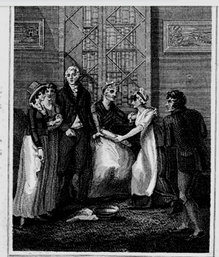 Grandma's sight restored by Mr. Bennett, HEA for Simon and Anna
Grandma's sight restored by Mr. Bennett, HEA for Simon and Anna As befits a children’s book from this period, the inset backstories and tales all serve to teach some moral lesson, such as the importance of being charitable. In one of these tales, the “poor but virtuous” Anna refuses to marry Simon, the town’s most eligible working-class bachelor, who has a “very neat cottage on the skirts of the town, a cow, three pigs, etc.” Like Austen’s Emma, Anna “resisted [Simon’s] solicitations to become his wife; and though she acknowledged his merit, and that she esteemed him very much, she would not consent to marry him, because, she said, she should then have household affairs to attend to, and could not take proper care of her grandmother.” (Gardiner herself may have lived by this precept, because she did not marry until after her parents died.) Luckily, Ann's blind grandmother receives a cataract operation from the local surgeon, Mr. Bennett (who happens to be an old acquaintance of Mr. A____), which means she can help look after herself.
The most dramatic incident in the book is a shipwreck on the coast of Margate, which throws several bodies on the shore, including a “rich planter from Jamaica” and his slave. Another one of Mr. A____’s long lost friends knew the planter and also knew the enslaved man’s backstory: “‘This negro,” said he, ‘was a powerful prince of Congo; and, being at war with the King of Loango, was taken prisoner, and sold by him to Ganna, of Dacard, a noted manstealer, employed as such by the slave-merchants there. Being thus taken, he was brought to Goree, where he was sold to a planter, one of the greatest of tyrants. This poor prince, after suffering unheard-of cruelties inflicted on him by this wretch, in a fit of despair stabbed himself; but the wound not proving mortal, he was again sold to this [new] planter, and now met his death in a watery grave.’
Adelina is inspired to write a poem commemorating Yanko’s sad life, which in fact is an abridged version of the then-famous poem, The Dying Negro. Interesting that a school teacher has a child plagiarizing a poem, although it’s not presented as plagiarism.
Yanko is portrayed as a prince, which is typical for narratives of this era, as though a African who wasn't blue-blooded would not merit as much sympathy. We also see the distinction made at this time between the slave-trade and slave-owners. Slave-traders were unequivocally condemned but slave-owners were not. The owner who drowned with Yanko, according to Mr. Mansfield, “was a worthy, humane, man, and, he had no doubt, had ever treated him with lenity.”
But hold! Stop! Mr. Mansfield, did you say? Mr. A____’s old friend is named Mansfield?
Is this juxtaposition of the name Mansfield with the story of an enslaved man a subtle reference to Lord Mansfield? (If you don’t know what I’m talking about, click here for a backgrounder, and if you don't care, you can skip this section).
Well actually, no, there is no connection intended. For one thing, "subtle" and "early English children's literature" have nothing to do with each other. Yes, many scholars believe, but no-one can prove, that Austen named her novel Mansfield Park after Lord Mansfield. But I can explain why Jane Gardiner chose the name Mr. Mansfield, and it wasn’t in homage to the eminent jurist. She named her character Mr. Mansfield because she copied the character and much of his dialogue from another children’s book, A Visit to a Farm House. (1804).
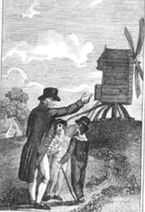 Grandfather Mansfield
Grandfather Mansfield The original Farmhouse Mr. Mansfield is a gentleman farmer, not an abolitionist. And I doubt either book had any influence on Austen, even though Gardiner’s version of Mr. Mansfield helps an old family servant named Bertram. Small world, isn’t it? No wonder Mr. A____ keeps running into people he knows as he travels from London to Dover.
So here we have two books for children, one of which includes an anti-slavery message, both published less than ten years before Mansfield Park, where the name “Mansfield” is just a sturdy old English name. More thoughts on this coming up.
 Gardiner acknowledged only some of her sources in her Table of Contents
Gardiner acknowledged only some of her sources in her Table of Contents I think An Excursion From London to Dover would be interesting for any historians of the evolution of intellectual property laws. It’s clear that Gardiner did not regard her literary borrowings in the same light as we do today. At least one of the authors she cribbed from, John Evans, called her out: “The Proprietor of the Juvenile Tourist has been advised to prosecute, and no doubt can be entertained of damages being awarded to him. The Author, however, has in the mean time thought proper thus to lay this plain statement before the public—leaving Mrs. Jane Gardiner, of Elsham Hall, to the consideration of the eighth commandment, and to her own reflections."
Gardiner acknowledged some, but not all, of her sources in her table of contents, (which, of course, is not the same as obtaining permission or compensating those writers whose work she used.) For example, she shows where she cribbed her biographies and poems from, but she does not acknowledge her debt to “S.W.,” the author of A Visit to a Farmhouse.
I wouldn't be surprised if Gardiner's inset stories (and I didn't even get to the story about the foundling who survived the shipwreck) are also borrowed from other writers.
Gardiner and her publisher might have been egregious about their copying, but she obviously didn't view it as being wrong, much less sinful. However, as scholar Benjamin Colbert notes: "Whether coincidentally or otherwise, Gardiner published no more after" Evans complained of her "plagiarisms" in the 1809 edition of his book.
In a final ironic twist around intellectual property, the author of A Visit to a Farmhouse, Sarah Scudgell Wilkinson, made a living by condensing and abridging dozens of successful novels and selling them as small chapbooks, a sort of early Readers’ Digest Condensed Books.
| So far as we know, Jane Austen never considered working as a governess or teacher. After her father's death, she, her sister and mother were dependent on her brothers for an income. Her creation Jane Fairfax gets a fairy-tale ending, but that doesn't mean Austen was insensitive about the problems faced by her countrywomen. In adulthood, she became firm friends with the governess who worked for her brother Edward. Gardiner's thoughts on Wollstonecraft are quoted in Percy, Carol. "Paradigms for their sex? Women's grammars in late eighteenth-century England." Histoire épistémologie langage 16.2 (1994): 121-141. John Wiltshire debunks the search for hidden meanings in Austen's choices of names in "Some Names in Mansfield Park: A Critique of Margaret Anne Doody's Jane Austen's Names: Riddles, Persons, Places," in Persuasions, the journal of the Jane Austen Society of North America, No. 42, 2020. When Jerome Bonaparte abandoned his wife in compliance with Napoleon's wishes, she found it very difficult to go back to being just Betsy Paterson of Baltimore. Her brief taste of fame and moving in the highest circles eventually lured her back to Europe and an independent life which shocked her father. Geri Walton tells her story here. Thanks to A Visit to a Farmhouse, I learned what Mrs. Norris was talking about in Mansfield Park when she described Dick Jackson “making up to the servants’ hall-door with two bits of deal board in his hand.” Grandfather Mansfield explains that “the wood of the fir, when cut up into timber, is called deal.” Previous post: More Chimney Sweeps Next post: Book Review: Modern Manners 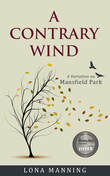 Some lovers of Jane Austen think that borrowing her characters is also a form of intellectual theft, though at least no copyright laws are being violated. In my novel A Contrary Wind, Fanny Price runs away from Mansfield Park and takes a job as a governess. The proper education of children was a common theme and topic of discussion in literature of the long 18th century. Considering that girls were largely homeschooled, no wonder this was a preoccupation of the time. Publishers like Tabart specialized in books to help parents teach their children at home. Click here for my series on female education in Regency times. Click here to read more about my novels. |
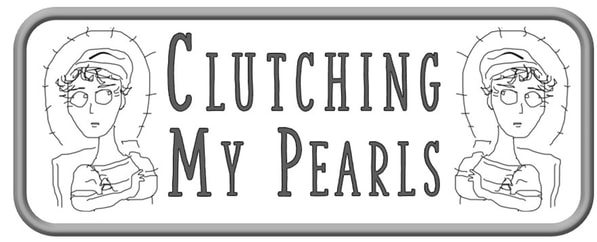
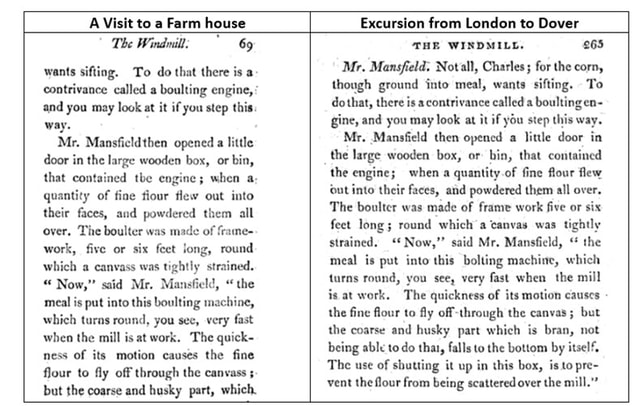
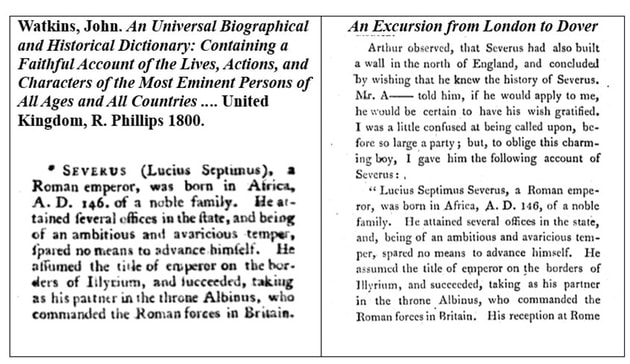
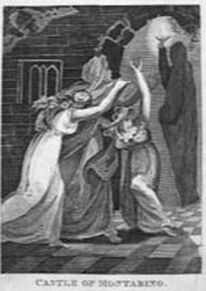
 RSS Feed
RSS Feed